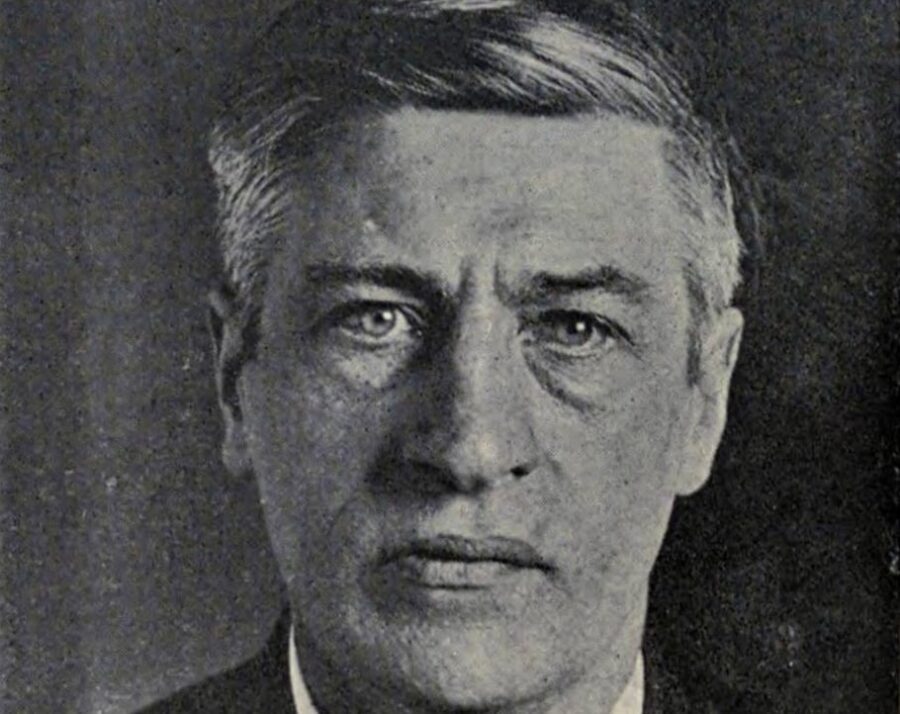The amendments that have appeared in the phase 2 plans are welcome. I remain pro the need for a better sustainable bus service and associated mobility works. Within several neighbourhoods with the south east area of Cork City, which I represent, many of the phase one plans created much deep anger and deep mistrust of the NTA and Bus Connects, mainly because of what I would deem a tokenistic communication campaign.
Whereas the plans for phase 2 are significantly less maddingly in terms of physical changes and consultation with local people, I am still receiving many emails from local people whose general questions, through email to Bus Connects email during this past phase two process, have been left unanswered. I am still calling for a root and branch review of communication to local people. Certainly, I deem it very unfair to send out animation videos into the public realm, which do not show the below and after changes belonging to the phase two proposals.
Boreenmanna Road:
The decision to retain the vast majority of the trees on Boreenmanna Road and the backing down of CPO-ing of small garden units is welcome. The sustainable compromise reached with the resident’s group is positive. Many residents though in the western part of the road are still very much in the dark of plans for local parking and how the narrow Rockboro Road to the South Link will be widened.
Douglas Road:
Despite a series of alternatives being put forward by resident groups, very little change has been made to the initial emerging proposals from the NTA on the physical changes to the Douglas Road roadscape – which includes compulsory purchase orders, culling of front garden biodiversities and the reconstruction of nineteenth century stone walls. To me as a Cork heritage promoter the reconstruction of built and environmental heritage is high end heritage vandalism.
From what I have seen affected local residents on Douglas Road have received letters from the NTA but those slightly off the road have not. So, a lot of people are in the dark, both who live on the road and those who use the road. The NTA animations that have been created do not tell the full story of the destruction in particular of historic walls and trees. The same animations also do not tell the full story for houses affected on Maryborough Hill.
The bus gate concept also needs actual traffic data as traffic will be re-routed into the heart of areas such as Well Road and Ballinlough at peak times, and access to schools on Douglas Road could be non existent. Many local people are very worried about what might happen when it comes to the re-routing of traffic and have many questions.
In addition much work is needed with Douglas Village residents who also remain concerned about the impact of the Bus Corridor on Douglas Village.
Beaumont Walled Garden:
As part of the phase two plans, a proposal has now appeared to turn the interior of the historic 19th century walled garden space adjacent Cherrington, Ballinlough Pitch and Putt Club and Beaumont Park into a car park for the area. In recent years a number of residents have expressed the view that such a space would (once again) make a fine community garden space, and should be rejuvenated as such. The project had even been developed to a point of a physical plan with Cork City Council. So it is very disappointing that after years of idea development that this important community project could now be possibly shelved and that damage would be inflicted on a historic walled garden. I ask that this community garden project be allowed progress.
I ask that the above points are taken into consideration as well as those of my constituents in the south east of Cork City,
Sincerely,
Cllr Kieran McCarthy
